Topic Cluster
What is a Topic Cluster?
A topic cluster is a group of related content pieces that revolve around a central topic. This strategy involves creating a pillar page that covers the main topic comprehensively and linking it to multiple related content pieces, known as cluster content. The cluster content delves deeper into subtopics, providing detailed information and linking back to the pillar page. This interconnected structure helps organize content and improves SEO by making it easier for search engines to understand the relationship between different pieces of content.
Why is a Topic Cluster Important?
A topic cluster is important because it enhances content organization, user experience, and search engine optimization (SEO). By organizing content around a central topic and linking related pieces, a topic cluster creates a cohesive and comprehensive resource for users, making it easier for them to find relevant information. This structure also helps search engines understand the context and hierarchy of your content, improving your site's chances of ranking higher in search results. Additionally, topic clusters can increase engagement and reduce bounce rates by guiding users to explore more related content on your site.
Best Practices for Creating Topic Clusters
1. Identify a Core Topic
Choose a core topic that is broad enough to encompass multiple subtopics and relevant to your target audience. Ensure that the core topic aligns with your content strategy and business goals.
2. Conduct Keyword Research
Perform keyword research to identify relevant and high-performing keywords for your core topic and related subtopics. Use tools like Google Keyword Planner, Ahrefs, and SEMrush to find keywords with high search volume and low competition.
3. Create a Pillar Page
Develop a comprehensive pillar page that covers the core topic in depth. The pillar page should provide an overview of the main topic and include links to related cluster content. Use clear headings, subheadings, and internal links to organize the content.
4. Develop Cluster Content
Create multiple pieces of cluster content that delve deeper into specific subtopics related to the core topic. Each cluster content piece should provide valuable and detailed information, linking back to the pillar page and other relevant cluster content.
5. Use Internal Linking
Implement internal linking between the pillar page and cluster content to establish a clear content hierarchy. Internal links help search engines understand the relationship between different content pieces and improve user navigation.
6. Optimize for SEO
Optimize your pillar page and cluster content for search engines by including relevant keywords, meta descriptions, headers, and alt text for images. Ensure that your content is well-structured and user-friendly.
7. Update and Refresh Content
Regularly update and refresh your pillar page and cluster content to keep it current and relevant. Add new information, update statistics, and include recent developments to maintain the value of your content.
8. Promote Your Content
Promote your pillar page and cluster content through various channels, such as social media, email marketing, and guest blogging. Increased visibility helps attract more traffic and engagement.
9. Monitor Performance
Use analytics tools to monitor the performance of your topic clusters. Track key metrics such as traffic, engagement, bounce rates, and conversions. Analyzing performance data helps identify areas for improvement.
10. Adjust and Optimize
Continuously adjust and optimize your topic clusters based on performance data and user feedback. Make necessary changes to improve the quality, relevance, and effectiveness of your content.
By following these best practices, you can create effective topic clusters that enhance content organization, improve SEO, and provide valuable resources for your audience.
For more terms, return to the content marketing glossary and freelance writing glossary.

